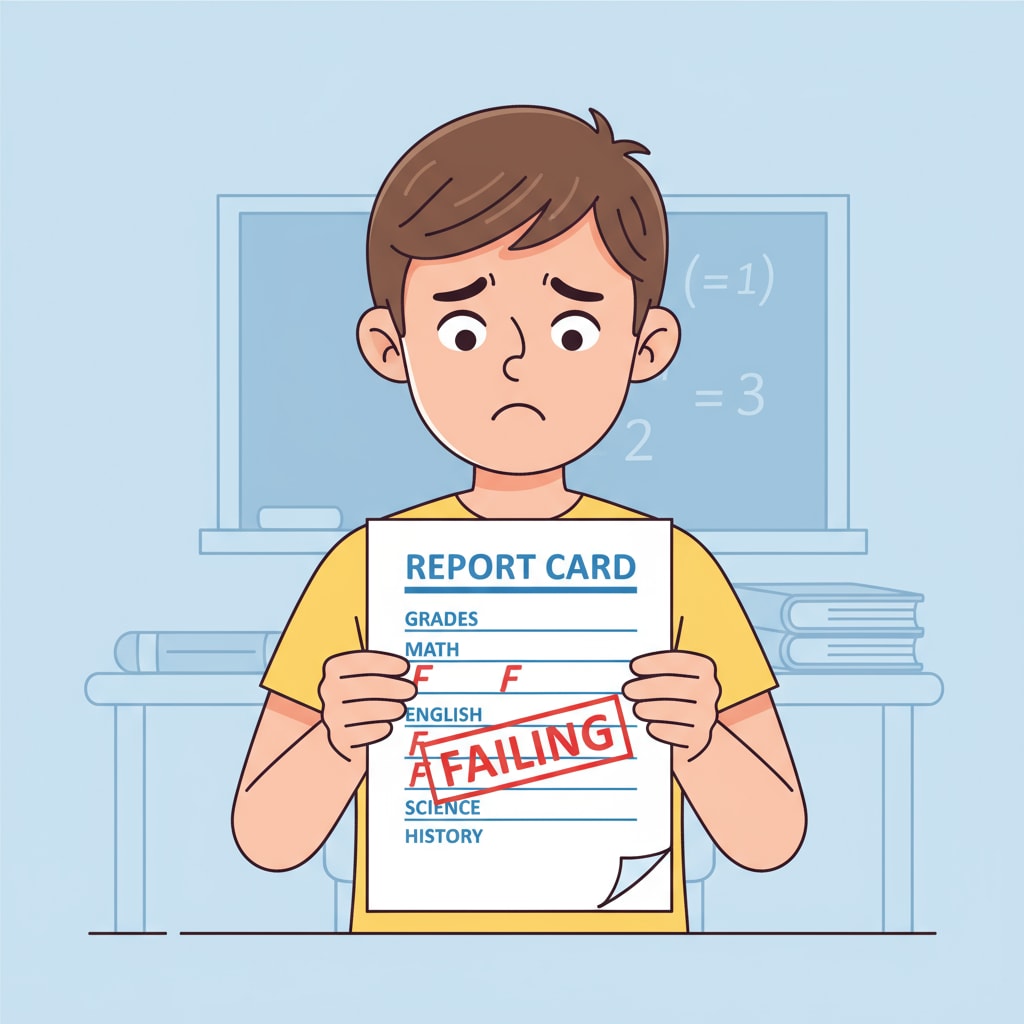Academic expulsion, student failure, and their impact on colleges in K12 education are crucial aspects that demand in-depth exploration. In the realm of K12 education, when a student faces academic expulsion, it is not just an individual setback but also has far-reaching implications for the educational institution.

Let’s first examine the common reasons for academic expulsions.
The Triggers of Academic Expulsion
One of the primary causes of academic expulsion is chronic absenteeism. When students miss too many classes, they fall behind in their studies. According to EdWeek’s research on truancy, consistent absences disrupt the learning process, making it difficult for students to keep up with the curriculum. For example, if a student frequently skips math classes, they will struggle with new concepts as the subject builds on previous knowledge. Another reason is academic dishonesty, such as cheating on exams or plagiarizing assignments. This not only violates the academic integrity of the institution but also undermines the educational experience for all students.

The Ripple Effects of Student Failure on Colleges
Student failure has significant implications for colleges. Firstly, it affects the institution’s reputation. Parents and the community often judge a college’s quality based on its students’ academic performance. A high rate of student failure can lead to a negative perception, potentially deterring future students from enrolling. Secondly, it strains resources. Colleges may need to allocate additional funds and staff to support struggling students. As stated by Inside Higher Ed’s report on student failure, this can impact the overall budget and limit the resources available for other educational initiatives.
Multiple factors contribute to student failure. These include personal issues such as family problems or health issues that can distract students from their studies. Additionally, ineffective teaching methods can also play a role. If teachers do not engage students or present the material in a clear way, students may find it difficult to understand and retain the information.
To address these issues, colleges and schools need to take proactive measures. This includes providing better support systems for students, such as counseling services to help with personal problems and tutoring programs to assist with academic difficulties. Teachers should also be trained to use more effective teaching strategies. By implementing these solutions, we can work towards reducing academic expulsions and student failure, creating a more positive educational environment for all.
Readability guidance: The article uses short paragraphs to make the content more accessible. Key points are presented in a clear manner. For example, the reasons for academic expulsion and the impacts of student failure are each discussed in separate sections. Transition words like ‘firstly’ and’secondly’ are used to enhance the flow. Each H2 section has a list-like structure to organize the information effectively, and the passive语态 is kept to a minimum.


